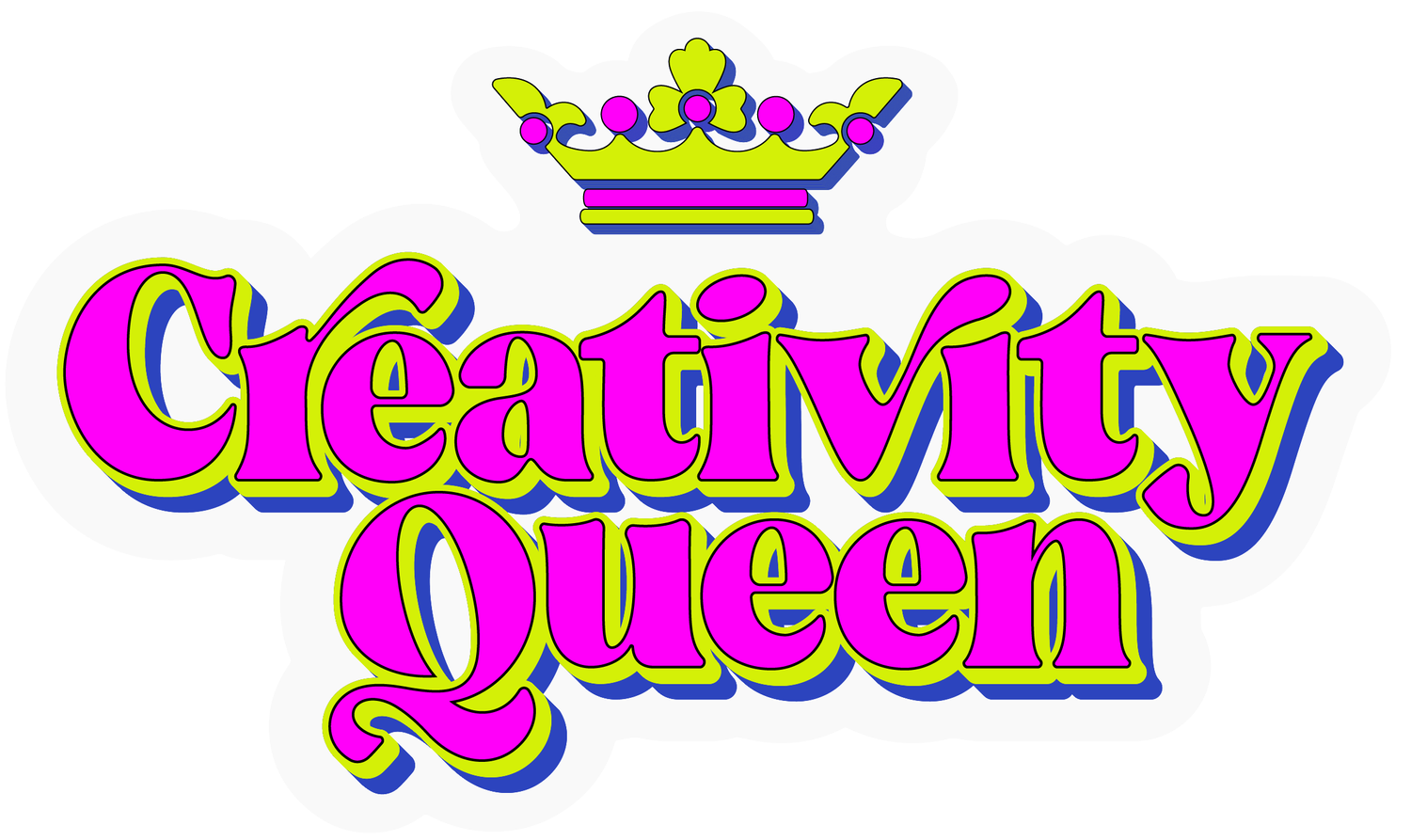Helping Children Cope with Traumatic Events
Children who have witnessed a violent act or have been exposed to a traumatic event, either in-person or on television, may have been left feeling confused, unsafe, and worried by their parent’s shocked reaction. They may not have had the coping abilities to manage their feelings and concerns about an event that felt scary and overwhelming.
Often in a crisis such as a sudden death, natural disaster, or an act of violence children’s lives are uprooted. They are left to processes their experiences while looking to the adults in their lives for protection and safety. When adults are processing their own shock and loss, they are often emotionally unavailable to be supportive of their children during a crisis. This is when support from professional can be most valuable.
Art therapy allows children the ability to process and express their feelings of loss, grief, shock, helpless, sadness, fear and other emotional reactions that arise during a crisis. When asked to describe their feelings, children who have experienced loss and trauma may not be able to articulate their pain, and art allows a way to process their experiences.
A simple explanation of how brain functioning is impacted traumatic experiences makes the use of art therapy for processing trauma more easily understood. Traumatic experiences impact the brain’s nonverbal, subcortical regions of the amygdala, hippocampus, thalamus, and hypothalamus; rational thinking and reasoning are disrupted. Art therapy provides access to the nonverbal subcortical areas of the brain, whereby emotions and traumatic experiences can be more readily processed.
Here’s a creative activity to help your child process trauma and grief:
Create a safety box. Find a shoebox or papier-mâché box. Ask your child to paint it or color it and add images and words that help them feel protected and strong. Inside of the box ask them to make a safe space. They can create any place, real or in their imagination, that helps them feel safe and secure. They can use words or images to make a safe place. Modify what materials you provide to your child depending upon their age or traumatic experiences, as some materials may cause children to respond regressively and too many materials may cause emotional overwhelm. It’s best to contact a trained art therapist to help support your child and provide the appropriate materials to help your child process their emotions therapeutically.
If your child has experienced a crisis or traumatic event, art therapy can help. Learn more and schedule a Complimentary Support Consultation for your child today.

